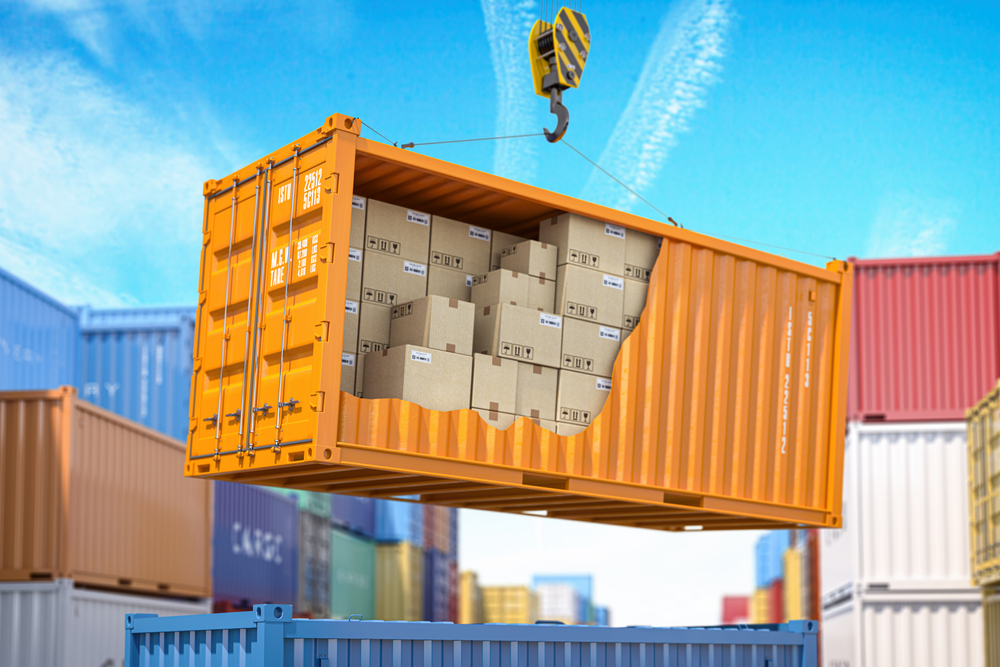For this shipper newsletter, we’d like to touch on the advantages of cross-docking. But first I’ll talk a bit about cross-docking and what it is.
Cross docking in supply chain is a procedure whereby products from the manufacturing facility or supplier warehouse go straight to a retail chain or customer, with the goods spending hardly any time in a warehouse.
Sometimes while cross docking, smaller shipments are consolidated when they are headed for the same destination so fewer transport vehicles will be required. Similarly, large shipments can be broken out into in smaller groups if necessary. It’s all about having the chance to be more efficient with your shipments.
When talking about cross docking, usually a hand raises and someone asks, "What about transloading? Isn’t that the same thing?" They sure do sound the same, and one quick google on the difference between cross-docking and transloading does not yield a quick and easy answer. Here is how I like to explain it:
Transloading is a form for cross-docking, and it’s utilized by an international shipper when shipping port-to-port (China to California, for example). The concept is the same, however, we’re looking at international freight here and not typically referring to truck-warehouse moves. By using ‘transloading,’ we are being more specific about shippers moving larger freight like machinery, building materials, and grain - from ports. These products typically require facilities to have specialized equipment to move bulk liquids, hazardous goods, medical supplies, and high-value goods, to their next stage in the supply chain process. Even more specialized, the transloading facility has to be regulated for the handling of the specific good, AND the staff handling the product need to be trained under its UN code/ MSDS handling sheet. Needless to say, transloading is a bit more of a niche within cross-docking since it comes with this extra specialization.
Now on to the advantages of using something like cross-docking or transloading.
The main advantage we are looking at when a shipper utilizes cross-docking is that the need for storage is effectively removed from their supply chain. Cross-docking is particularly useful for businesses with high inventory turnover rates like pharmaceuticals, the fashion industry, food, and consumer packaged goods. Storing, handling, counting, securing, spoilage, labor costs, and insuring inventory come with considerable costs. Cross-docking eliminates these expenses as the goods are immediately sent to outbound transport with minimal holding time. Similarly, transloading would allow raw materials like grain to be shipped in bulk over the ocean and then broken out to final destinations without needing storage along the way. Once again, this is more efficient and cost-effective in many cases!
In all, cross-docking can provide a much leaner supply chain. Even still, it may not be suitable for every business. Some goods do need to be held in a warehouse, and some shippers’ supply chains or the nature of their businesses simply aren’t built to manage a cross-docking system. If cross-docking is not planned properly with the right technology and network in place, shippers can lose visibility causing delays in their supply chain. Additionally, the selection and vetting process of cross-docking partners can be costly and time-consuming for shippers. For example, a shipper sending an LTL shipment from California to New York may have their product go through as many as four facilities and be cross-docked, causing additional handling. With this additional handling comes the potential for damages or freight to go missing. Needless to say, when the cross-docking process is not managed properly it can become a costly loss for shippers.
I do my best not to be a broken record when it comes to the importance of vetting your carriers and finding a partner who is willing to help you do this, but it truly is the most important note I can give to shippers. Find a partner you can trust and who you think has the experience and knowledge to support your freight needs. If you would like to reach out to Wellington or Commtrex to see how we can help, we’d be happy to explain how our cross-docking and transloading experience can assist you.
Have a great rest of your day and see you next newsletter!
Bill Robinson


